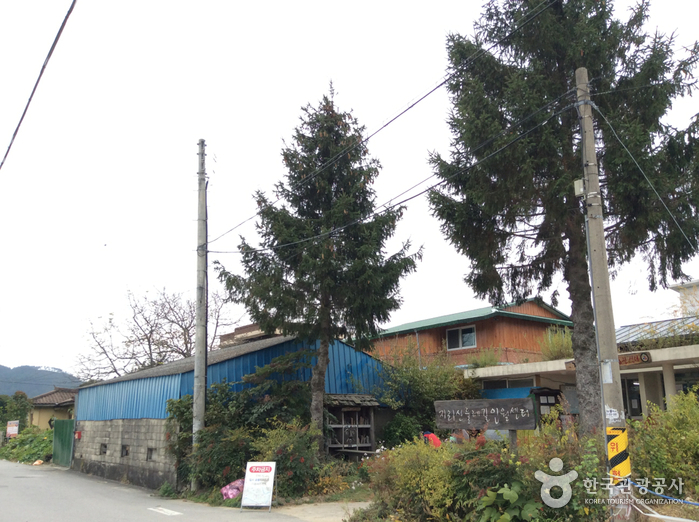Jirisan Dulle-gil
19.8Km 2024-04-07
95 Inwol2-gil Inwol-myeon Namwon-si Région Jeonbuk
+82-63-635-0850
Jirisan-gil est un parcours de randonnée circulaire long de 300kms connectant 80 hameaux, 16 villes et 5 communes (Namwon, Gurye, Handong, Sancheong, Hamyang) de 3 provinces (Jeollanam-do, Jeollabuk-do et le Gyeongsangnam-do). Les recherches commencées en 2011 mirent en lumière des sentiers cachés/désertés le long des bois, des rivières, rizières et villages. Le Jirisan-gil fut donc instauré pour connecter ces éléments entre eux.
Initialement, ‘Save Jirisan Solidarity’ créa une campagne pour sauver le mont Jirisan, en collaboration avec les habitants des villes environnantes. Ils se rassemblèrent en une organisation appelée ‘Supgil’ en 2007 et cette dernière fit la découverte d’anciens sentiers qui connectaient les villages
.
Faire renaître ces sentiers signifie par la même occasion la renaissance de l’histoire et la culture des villages du mont Jirisan. En rapportant de la vie à ces sentiers, ils espèrent raviver la ‘culture lente’ et l’introspection mais également évoluer d’une culture verticale à une culture sociétale horizontale. Le Jirisan Dulle-gil est un vecteur d’énergie pour les villages désertés et nous apporte un message de vie et de paix.

 Français
Français
 한국어
한국어 English
English 日本語
日本語 中文(简体)
中文(简体) Deutsch
Deutsch Español
Español Русский
Русский